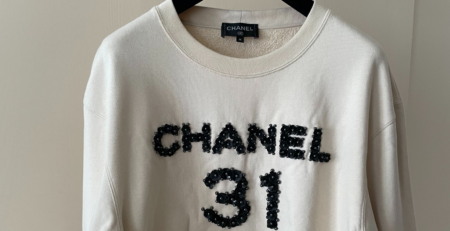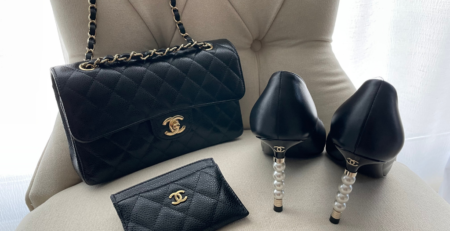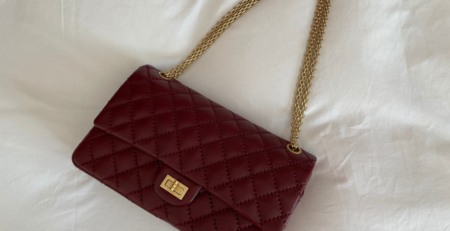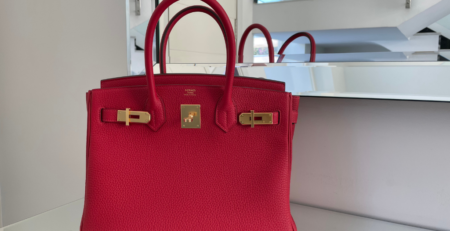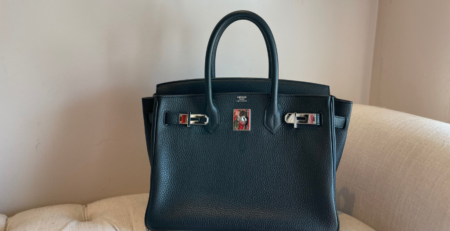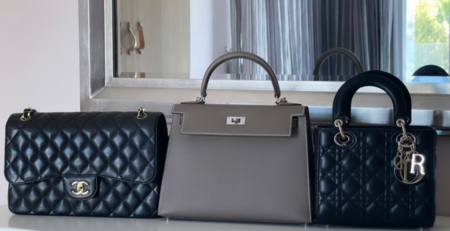How To Reduce Your Fashion Waste: The 5 R’s Method
Saving our environment is slowly but surely receiving the attention it deserves.
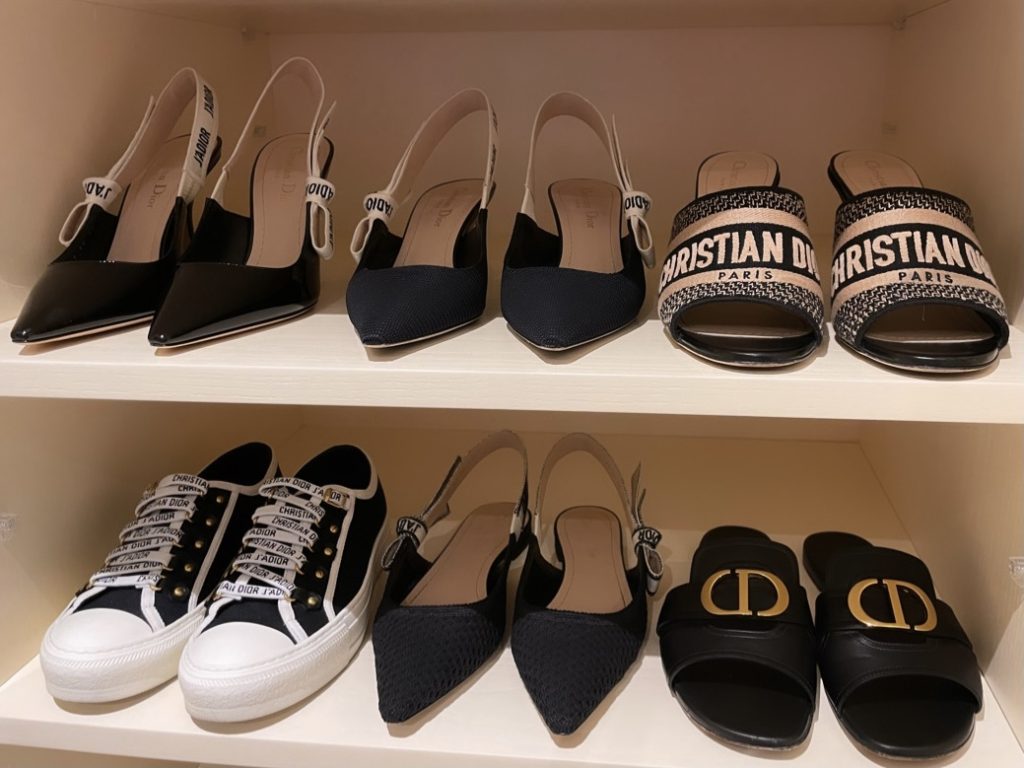
By taking small steps, we all are working towards building a more sustainable and green future.
Fashion waste is one of many areas where we can have a significant impact by making small changes to our behavior.
Okay, but…
What is fashion waste?
Fashion waste, or textile waste, refers to the waste being produced by the fashion industry. One big part of this is clothes that end up in landfills. This is primarily due to the dominant model of fast fashion around the globe.
How much waste does the textile industry produce?
It is estimated that the fashion industry produces 92 million tonnes of waste per year. Beyond that, about 79 trillion liters of water are used up by the fashion industry each year.
Why is fashion waste a problem? How does fashion waste affect our environment?
It is estimated that the textile industry produces around 10% of global CO2 emissions. The amount of textile waste in landfills is continuously growing. Beyond that, the process of producing fashion is water-intensive and releases chemicals into our oceans.
Okay, now we have that covered, there still remains the question:
How to limit the impact of the fashion industry on the environment?
Luckily, you can do things to try and reduce the impact fast-fashion has on our environment. An easy-to-follow recipe is
The 5 R’s – Reuse, Recycle, Repair, Refuse, Reduce.
1. REUSE
Buy pre-loved items and donate your old clothes to secondhand shops. Organize clothes-swap parties with your friends: You and your friends all have a wardrobe clear out and then meet up to swap old items. It is fun, free, and good for the planet. If you need a specific item (like a costume) only very rarely, ask a friend or consider a rental company. By asking people to borrow something, a sense of community is being strengthened, which is great for your relationships and the environment – a win-win situation, really.
2. RECYCLE
Pick up a new skill and recycle your clothes. Learn how to make small alterations to pieces and recycle them into new pieces. Another option is to hire a tailor to do this for you. Alternatively, you could use old clothes as a cloth for cleaning or use them as a sustainable gift-wrapping alternative.
3. REPAIR
Learn how to fix your damaged clothes instead of buying new items. If you do not have the time or patience to learn how to bring your damaged items to a tailor and fix it.
4. REFUSE
Refuse to buy from fast-fashion chains and invest your money wisely into secondhand items or items from fair fashion brands.
5. REDUCE
Reduce the number of clothes you buy and always ask yourself – Do I really need this? What purpose does this serve in my life? Is there a way of substituting this item with something I, or somebody I know, already owns? Maybe try out the concept of a capsule wardrobe – it is a way of reducing the number of clothes you own by having pieces that match each other.
Hopefully, this article has given you a good insight into why it might be worth rethinking some of your behaviors and has given you inspiration on adjusting your wardrobe.


